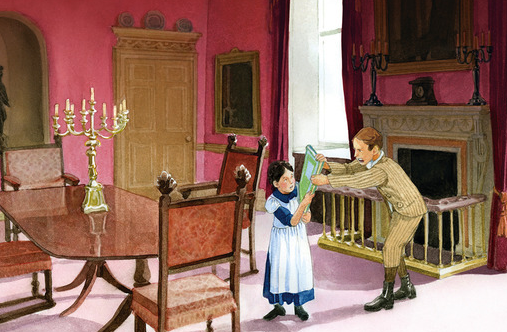The Theme of Isolation in Jane Eyre
Isolation is a central theme in Charlotte Brontë’s Jane Eyre, serving as a powerful backdrop to the protagonist’s journey towards self-discovery and empowerment. Understanding this theme enhances our appreciation of the novel, revealing how isolation shapes Jane’s character and her relationships with others. This exploration is both relevant to literary studies and insightful for anyone navigating feelings of solitude in their own lives.
The Impact of Physical Isolation
Throughout Jane Eyre, Jane experiences various forms of physical isolation that profoundly affect her development. From her childhood at Gateshead, where she is marginalized and mistreated by her relatives, to her time at Lowood School, where strict conditions and harsh treatment foster a sense of loneliness, physical seclusion is pervasive. Each setting underscores her struggle for belonging and acceptance. Brontë uses these isolating environments to highlight Jane’s resilience and growth, reminding readers of the human capacity to endure hardship and seek connection despite overwhelming loneliness.
Emotional Isolation and Identity
Emotional isolation is equally significant in Jane’s journey. Even in relationships, such as with Mr. Rochester, Jane grapples with feelings of unworthiness and inadequacy. Her initial lack of self-esteem, cultivated by years of neglect and abuse, creates a barrier between her and others. This emotional distance serves as a catalyst for Jane’s quest for identity; she learns that her inner strength is essential for overcoming the feelings of alienation that threaten to consume her. Brontë portrays Jane’s evolution as she begins to assert her worth, emphasizing that emotional connections can flourish when one learns to value themselves.
Isolation and Social Critique
Brontë also utilizes isolation as a tool for social critique, illustrating the restrictive nature of society in the 19th century. Jane’s isolation reflects the limitations placed on women, particularly those who defy societal norms. Her experience at Thornfield, where secrets lurk and boundaries confine, serves to critique not only gender roles but also the broader social structures that perpetuate isolation. By navigating these societal challenges, Jane’s eventual assertion of her independence and her rejection of traditional roles challenge the conformity expected of women in her time, encouraging readers to consider the broader implications of isolation.
In conclusion, the theme of isolation in Jane Eyre is multifaceted, engaging with physical, emotional, and social dimensions that resonate deeply with readers. Brontë crafts a narrative that not only captures Jane’s struggles but also invites reflection on our own experiences of isolation and connection. To delve deeper into this rich theme, consider revisiting the text or exploring critical analyses that unpack Brontë’s exploration of solitude and identity.
